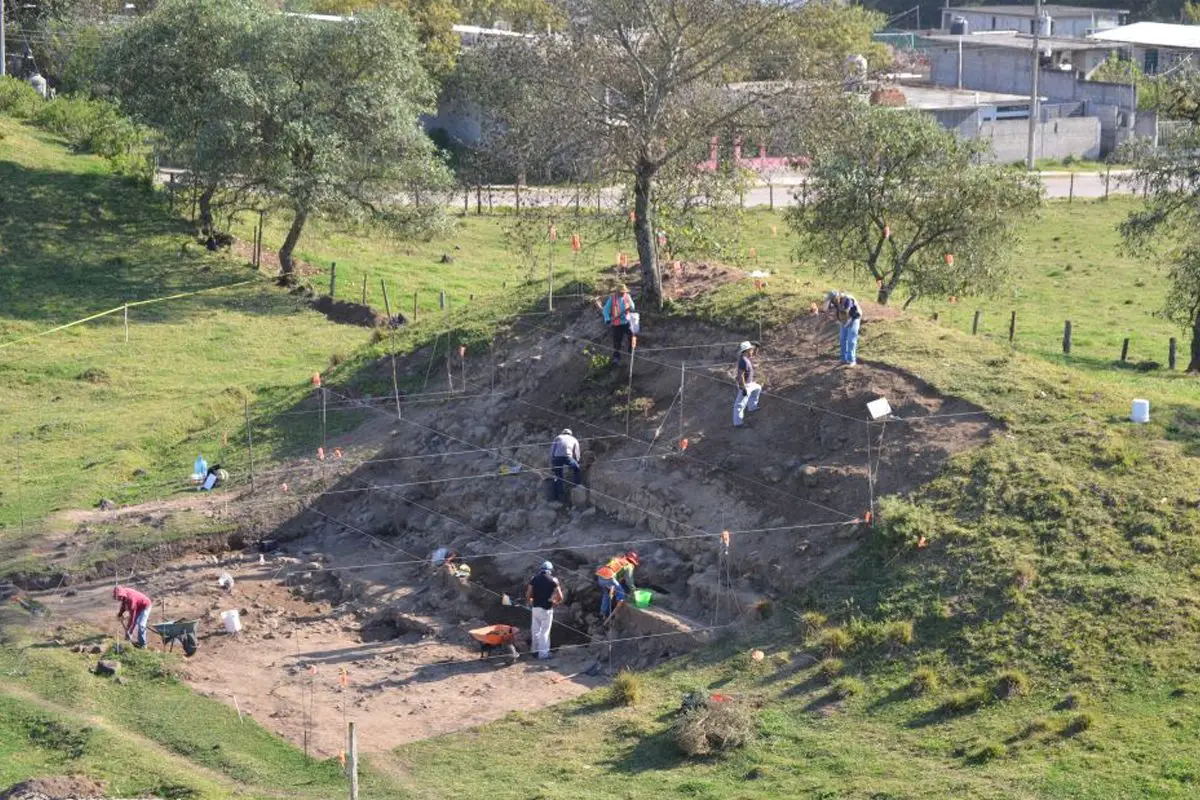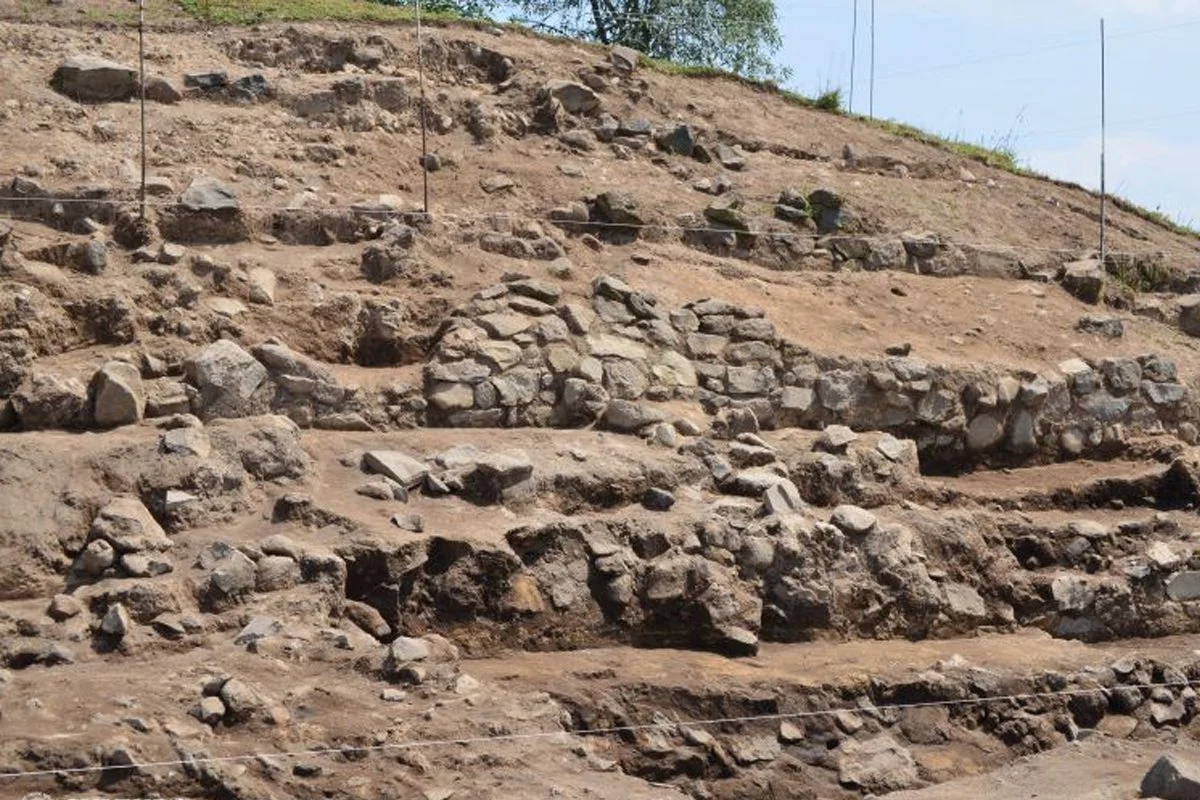Archaeologists from the National Institute of Anthropology and History (INAH), and the INAH Puebla Centre, have uncovered several pyramidal structures at the Los Teteles de Ávila Castillo archaeological site.
Tetelictic, or “Los cerritos” as it is known locally, is located in the municipality of Teteles de Ávila Castillo in Mexico’s State of Puebla. The site is more than 3,000 years old and dates from the late Middle Formative period (600 BC).
According to a press announcement by INAH, Tetelictic was a place of pilgrimage for people from the Sierra Norte area, who later emigrated to around Teotihuacan, Cantona or Cholula.
Following a series of research projects since 2014, the site has been revealed to be a large ceremonial complex covering an area of 7.4 acres.

Archaeologists theorise that Tetelictic may have served as an astronomical observatory to record the agricultural cycle, as the entire urban complex appears to be aligned with mountain ranges from the surrounding landscape. The largest structure (designated Structure 1), also has an alignment with Canopus, the brightest star in the southern constellation of Carina.
The latest excavations have been conducted in response to both erosion and the structures being robbed by locals for construction material. This has led to three pyramidal structures being uncovered, accompanied with charred ceramics, polished lithics, and carved objects made from obsidian and basalt.
Experts suggest that that obsidian flakes found throughout Tetelictic are indicative of an obsidian lithic industry for the manufacturing of products and weapons.
Mario Castro Jiménez, president of the Tzoncoyotl civil association, said: “The following seasons – we will focus on knowing the construction and architectural systems of the pyramidal bases. The archaeological site will remain closed to the public until the corresponding authorities determine otherwise.”
Header Image Credit : INAH
Sources : INAH





